The China-EU Agreement on Geographical Indications officially entered into force on March 1, 2021. It is China’s first bilateral comprehensive and high-standard agreement on GI protection and a practical outcome in China-EU economic and trade relations in recent years.
We will continue to introduce to you the first batch of 100 Chinese GIs and 100 European GIs under the Agreement, to better protect and market them to meet the needs of consumers on both sides for a better life.
GI Episode 4: Anji Bai Cha (Anji White Tea)
Here, the hills are green, so are the fields, neighborhoods and even cottages. Even the rivers and creeks are green mirrors of the lush overshadowing trees.
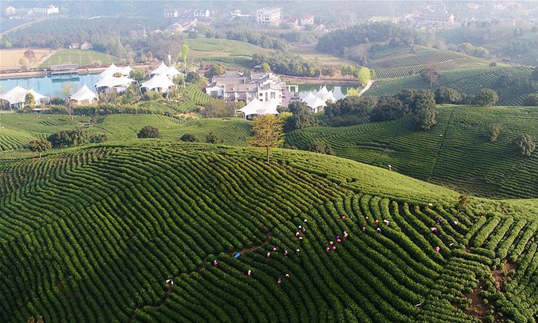
Green is the colour of Anji county of Huzhou city, Zhejiang province, a winner of the UN-Habitat Scroll of Honor Award.
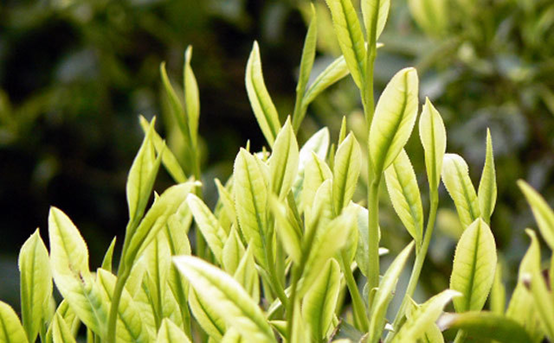
This is where Anji Bai Cha grows: a place at the northern foot of Tianmu Mountain, with a forest coverage of 73%, dominated by bamboo forests. The subtropical monsoon climate brings sufficient sunshine and abundant rainfall and distinct four seasons.
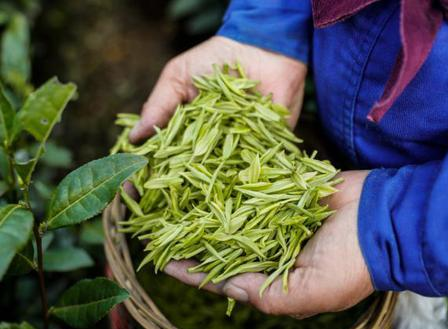
Today’s Anji Bai Cha is cultivated from a more than 100-year-old white-leave tea tree found by local foresters in the 1970s. The tea tree is very unique: its leaves will turn white as chlorophyll synthesis is blocked in low-temperature days. As the leaves whiten, the amino acid gradually increases, and the whitest leaves have amino acid 2-3 times that of other ordinary tea leaves. Meanwhile, their level of polyphenols will fall down, which makes Anji Bai Cha taste mellower and less bitter.
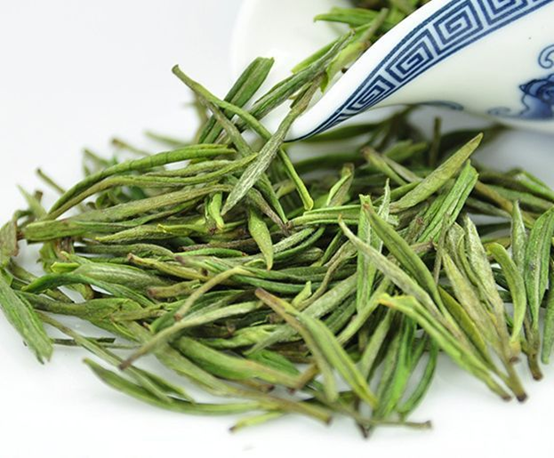
The tea leaves must be plucked while white, which only lasts for 20 to 30 days in spring every year. The harvested tea leaves must go through withering, killing green, cooling, drying and then re-drying before they are ready for sale. The tea leaves, when dried, are yellow green, but turn white again after heated in boiling water.
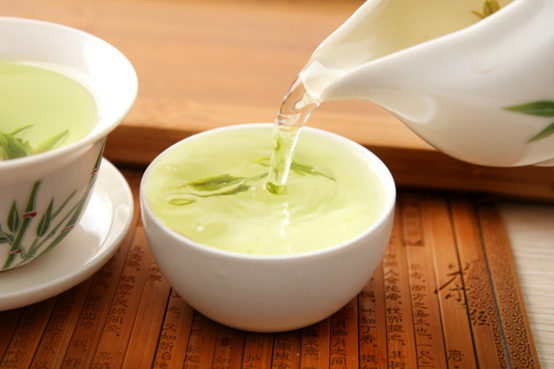
In April 2004, Anji Bai Cha was added to China’s list of GI products for protection. When the China-EU Agreement on Geographical Indications was inked in September 2020, Anji Bai Cha was among the protected GIs.
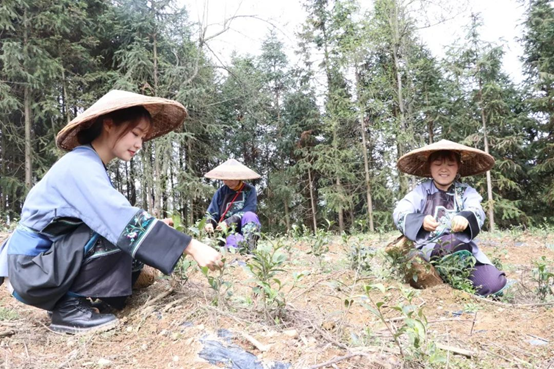
Bai Ye No.1 is considered a top variety of Anji Bai Cha, known as the “golden leaves” for local farmers. Now it has been planted in Hunan, Sichuan and Guizhou to continue its success story in helping farmers increase income and emerge from poverty.
